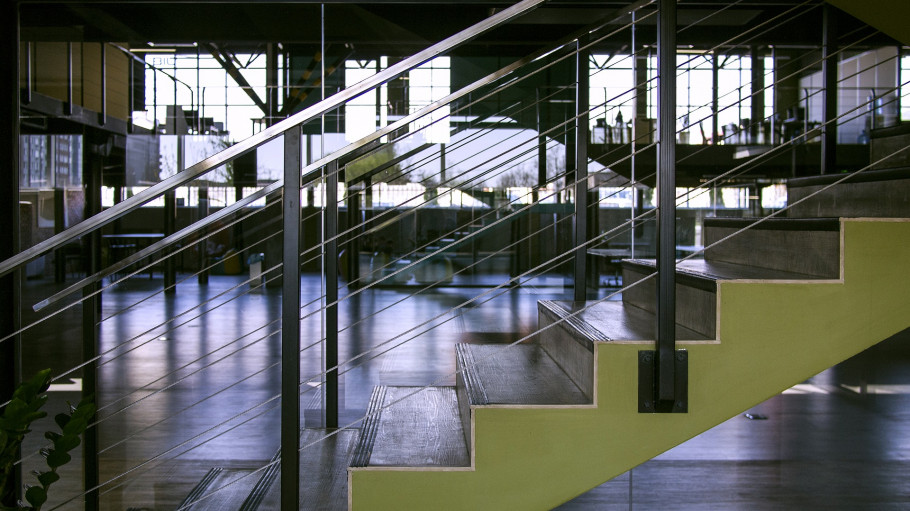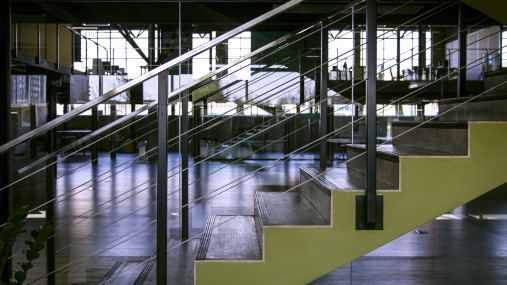
Publications » Brochures, booklets or fact-sheets » We are ready - are you? Making a success of the EU Green Deal
We are ready - are you? Making a success of the EU Green Deal
Downloads and links
Recent updates

A plan of action: A Green Deal on Steel
Agreement on a comprehensive plan for green steel is required to allow companies and investors
today to make investment decisions for next decade. We welcome the approach of the German EU
presidency in setting out an action concept for the steel industry. This initiative can and should serve
as the basis for agreement on an action concept at an EU level, with a coordinated approach for the
EU’s industry, climate, energy, trade, recovery, and related policies.
An action plan shaping markets for green steel, the circular economy and a global level playing field
would address the following policy fields:

Download this publication or visit associated links
Strasbourg, 17 December 2025 – The European Commission’s latest proposals on the Carbon Border Adjustment Mechanism (CBAM), unveiled today, correctly identify several loopholes that risk undermining its effectiveness, notably regarding EU exports, downstream sectors and circumvention practices. However, despite these laudable efforts, the measures put forward fail to deliver a comprehensive and durable response to carbon and jobs leakage, warns the European Steel Association (EUROFER).
A milestone occasion to quickly and effectively restore affordable electricity, to relaunch the
decarbonization and strengthen the international competitiveness of the European steel
industry.
Brussels, 02 December 2025 – Unchanged negative conditions – U.S. tariffs and trade disruptions, economic and geopolitical tensions, protracted weak demand and still high energy prices – continue to weigh on the European steel market. EUROFER’s latest Economic and Steel Market Outlook confirms for 2025 another recession in both apparent steel consumption (-0.2%, unchanged) and steel-using sectors (-0.5%, revised from -0.7%). A potential recovery is expected only in 2026 for the Steel Weighted Industrial Production index (SWIP) (+1.8%, stable) and for apparent steel consumption (+3%, slightly revised from +3.1%) – although consumption volumes would still remain well below pre-pandemic levels. Steel imports retained historically high shares (27%), while exports plummeted (-9%) in the first eight months of 2025.